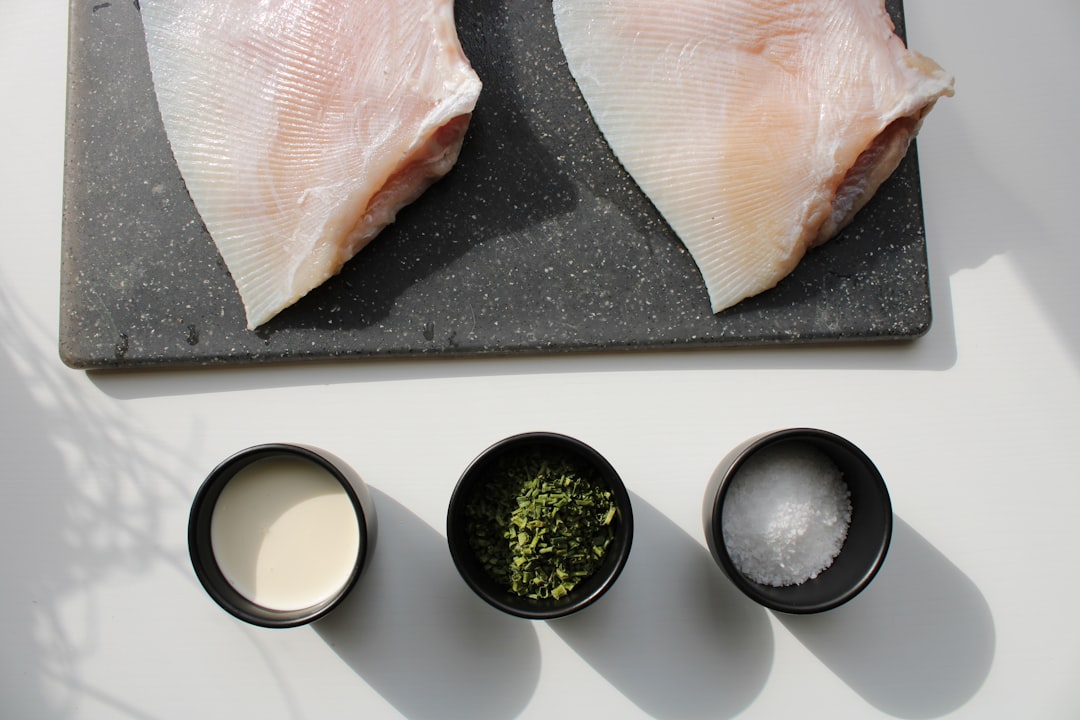Are you a sushi lover navigating the gluten-free world? You’re not alone! Sushi, a beloved culinary delight, offers a variety of flavors and textures that many find irresistible. For those adhering to a gluten-free diet, however, enjoying sushi can sometimes seem like navigating a maze. It’s crucial to discern which sushi options are safe to consume without compromising dietary restrictions. Let’s delve deeper into understanding what makes sushi gluten-free and explore how you can enjoy this delicacy without the gluten.

The question of whether sushi is gluten-free is more complex than it might initially appear. Although the foundational elements of sushi—such as fish, rice, and vegetables—are inherently gluten-free, other components commonly used in sushi preparation can introduce gluten into the dish. Understanding these nuances can significantly enhance your dining experience. Let’s break down the components to provide a clearer picture.
Basic Sushi Components
Sushi Rice
Sushi rice is inherently gluten-free, primarily composed of Japanese short-grain rice. It is seasoned with rice vinegar, sugar, and salt, making it a safe base for gluten-free sushi. However, variations in preparation methods at different restaurants can sometimes introduce gluten-containing additives. It’s always a wise practice to inquire about the preparation methods used to ensure the rice remains gluten-free.
Fish and Vegetables
The fish and vegetables used in sushi are typically gluten-free. Whether you’re savoring the taste of fresh tuna, salmon, creamy avocado, or crunchy cucumber, these components are safe for those on a gluten-free diet. Nevertheless, it’s essential to be cautious about any additional seasonings or sauces that might be used, as these could contain gluten.
Potential Sources of Gluten in Sushi

Soy Sauce
Soy sauce is often the primary source of gluten in sushi. Traditional soy sauce is brewed with wheat, making it unsuitable for those avoiding gluten. Fortunately, gluten-free alternatives like tamari are available, which are made without wheat and can be safely used as a substitute. Always check with the restaurant to see if they offer tamari or bring your own to ensure a gluten-free experience.
Imitation Crab
Imitation crab, a staple in popular rolls like the California roll, often contains gluten due to the presence of wheat in its composition. This processed fish product can easily be replaced with real crab meat, which is naturally gluten-free. When ordering, explicitly request the substitution to maintain the integrity of your gluten-free meal.
Tempura
Tempura, a delicious addition to many sushi rolls, is typically coated in a batter made from wheat flour, which is not gluten-free. Some restaurants are beginning to offer gluten-free tempura options using alternative flours. Don’t hesitate to ask if such options are available to enjoy your sushi with that delightful crunch without the gluten.
Gluten-Free Sushi Options
The good news is that enjoying gluten-free sushi is entirely feasible, especially at establishments that understand and cater to gluten sensitivities. With a bit of knowledge and communication, you can indulge in a variety of options.
Nigiri and Sashimi
Nigiri and sashimi are superb choices for those seeking gluten-free sushi options. Nigiri consists of a slice of fish on a bed of rice, while sashimi offers the pure taste of the fish alone, without rice. Both are typically free from gluten, provided there are no gluten-containing sauces or marinades involved. These options allow you to experience the fresh taste of the fish without the worry of gluten.
Gluten-Free Sushi Rolls
When it comes to sushi rolls, choosing wisely can ensure a gluten-free experience. Here are some practical tips:
- Ask for Tamari: Always request gluten-free tamari instead of regular soy sauce to enjoy your rolls without gluten concerns.
- Avoid Imitation Crab: Opt for rolls that exclude imitation crab or ask for real crab as a substitute to keep your meal gluten-free.
- Skip the Tempura: Choose rolls without tempura or fried elements unless a gluten-free batter is available. This ensures your sushi remains safe for a gluten-free diet.
Homemade Gluten-Free Sushi

by Merve Sehirli Nasir (https://unsplash.com/@32steps)
Making sushi at home is an excellent way to ensure all components are gluten-free. By controlling the ingredients, you can enjoy your favorite combinations without the stress of gluten contamination. Here’s a simple guide to help you create delicious sushi at home:
- Prepare Sushi Rice: Cook Japanese short-grain rice and season it with rice vinegar, sugar, and salt for a gluten-free foundation.
- Choose Fresh Ingredients: Select fresh fish, vegetables, and any other fillings you love, ensuring each is free from gluten.
- Roll Your Sushi: Use a bamboo mat to carefully roll your sushi, then slice it into bite-sized pieces.
- Use Gluten-Free Condiments: Serve with gluten-free tamari and wasabi to complement your homemade sushi perfectly.
Dining Out: Tips for Ordering Gluten-Free Sushi
Dining out and maintaining a gluten-free diet can be seamless with the right approach. Here are some valuable tips to help you enjoy a safe and satisfying sushi experience:
- Research Restaurants: Before dining out, look for sushi restaurants with gluten-free menus or staff who are knowledgeable about gluten sensitivities. This ensures a more accommodating dining experience.
- Ask Questions: Don’t hesitate to inquire about how sushi is prepared and whether gluten-free alternatives are available. Your questions can help ensure the safety of your meal.
- Inform the Staff: Clearly communicate your dietary needs to your server so they can guide you toward safe, gluten-free options. This proactive approach helps prevent any unintended gluten exposure.
Conclusion
Enjoying sushi on a gluten-free diet is entirely possible with a little knowledge and preparation. By understanding which components of sushi contain gluten and opting for gluten-free alternatives, you can savor your favorite sushi dishes without worry. Whether dining out or making sushi at home, these tips will help you navigate the gluten-free sushi landscape with ease.
Remember, when in doubt, always ask questions and advocate for your dietary needs. With the right approach, you can enjoy sushi that’s both delicious and gluten-free.









